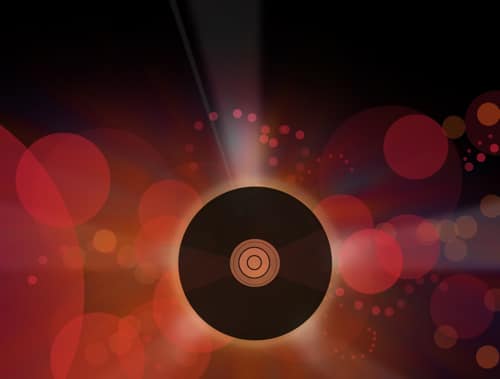Illuminate Me

Sharpie-scribbled transparencies were once the masters of projected light in the church. Up on the screen, lyrics were available to all, and we were freed from the grips of the book, which kept our heads bowed at all times. But unless we were artists, images usually weren’t part of the equation. Enter, PowerPoint. When we clicked that orange “P” for the first time, most of us were unaware of the ramifications. “Oh look, here’s a cool program, now I can type in my lyrics.” That’s where it started. Then we clicked around and chanced upon the “insert” command in the drop down menu, and to our delight found that “add picture” did just that.
Life would never be the same. Time began to drain away; hours on hours slipped into nothingness as page after page of images drifted across our screens. Then we moved forward—stock motion footage, countdown clocks, and mini movies. We began contemplating the social/spiritual impact of IMAG, and toying with the possibility of bigger projection options that could transform our sanctuaries into fully encompassing worship environments.
But it all started somewhere. It started with a single image. But more than simply the image, it was in the subtext of what the image implied. It was in the question that the image evoked: “Is this good for this song?” Because that question engenders more. What makes a picture something you say, “Yes” to? What should I say, “No” to? Should I put a dove or a cross next to the lyrics of his song? What makes a good background image?
Then it hits you. Background image. This visual worship issue wants to challenge that entire notion: thinking of our images as backgrounds. Sure technically speaking in lyric projection, they are backdrops. But in a more poetic, more aware, more progressive understanding, nothing is background in worship, especially in the visual realm. The pictures we add to the lyrics, the podium the pastor uses, the brightness of the lights, the clothes we choose to wear, to the Starbucks cups on the floor next to the drum kit—these things are all part of the full presentation. And they are all illuminations. Unless they aren’t; then they are distractions.
The term “illumination” is borrowed from the early church. Starting at around the 5th century, religious books that included visual art were not referred to as “illustrated” or “painted”; they were “illuminated.” (Read more about the art of illumination in Stephen Proctor’s article in this issue.) It’s a holy work, with a holy purpose. It is more than an illustration; the visual art is a prayer designed to inspire a prayer, it is an illumination. And visual artists in the church are the new illuminators.
The visual art we present in church is more than decoration. It is more even than “art.” Our visuals are nothing less than illuminations of the living Word of God, inspired by the breath of his Spirit, made complete by the interceding presence of the Son. If nothing else, this issue of Worship Leader is here to remind us that nothing we do on a Sunday morning is “background.” We don’t play background music; we don’t have background images; we don’t even use background singers. These things are the many layers of the devotional arts, and all of it can be an orchestra—prayerfully and skillfully coordinated to clear the way for worshipers to engage the presence of God. We illuminate him with every aspect of our service of worship. Or at least that is our hope.
What's Your Reaction?
Over the last 30 years, Worship Leader Magazine has been blessed to have many different contributors on the editorial team - this is their archive.





